The interior of the Planters Warehouse, 1905.
The Planters Warehouse was one of the earliest brick tobacco warehouses in Durham, built in 1876. As the tobacco trade grew in and around Durham, the need for an active tobacco market in Durham - where farmers would come with their crop and auction to the highest bidder - became increasingly necessary. The Planters, Reams, Parrish, and Banner warehouses were among the first - large buildings that had roofs stippled with dozens of skylights that allowed buyers to inspect the tobacco leave
Probable view of the Planters Warehouse - looking east from Mangum St., 1905.
(Duke Archives - Wyatt Dixon Collection)
The above picture does not resemble the version in 1920s and later photographs, but is labelled as the view east on East Chapel Hill St. from Mangum St. The warehouse may have been remodeled in the early 20th century. The windows on the building at the right extreme do match the building that was adjacent to the warehouse.
As the central area of downtown grew (in large part due to all of that tobacco money) many of the early warehouses, such as the Reams and Parrish, were torn down to make way for other commercial buildings. The next generation of warehouses grew along Rigsbee Avenue, near the Banner Warehouse.
The Planters warehouse remained, however - a bit closer to the heart of downtown than the district north of Morgan.
The Planters warehouse roof, looking northwest (the current sanctuary of Trinity Methodist is under construction) 1924.
Looking northeast, ~1960.
(Courtesy Duke Archives)
Looking east-southeast down East Chapel Hill St. from North Mangum. ~1960.
Looking south, from N. Mangum, 1961.
(Courtesy Durham County Library)
In 1962, the Planters warehouse burned to the ground.
Looking northeast from the site, with the Fuller School and First Baptist Church in the background.
After the city bulldozed the buildings at the southeast corner of North Mangum and East Chapel Hill, the remainder of the site became surface parking.
Looking north-northwest.
(Courtesy Durham County Library)
Some of the land formerly occupied by the Planters warehouse was taken over by a new roadway connecting Holloway St. with East Chapel Hill St. - a roadway that was a precursor to the Loop.
Looking northwest, 1963
You can see the McGhee Furniture building at the southeast corner of N Mangum and East Chapel Hill is still standing in the above picture.
Looking northwest, 1963
Soon thereafter, the remainder of the buildings on this side of the block were demolished.
Looking west towards the remainder of downtown.
(Courtesy Duke Archives)
Above, the new roadway, dividing the block. The eastern portion of the block would become the new fire station #1. The western portion would become a new police station.
(Courtesy Durham County Library)
The police station under construction, looking north-northeast, 1964
(Courtesy Durham County Library)
Nearly complete, looking north-northeast, 1965.
(Courtesy Durham County Library)
A grainy but fascinating aerial shot, 1972, showing the halfway-done urban renewal on the east side, the pre-loop new connector between Holloway and East Chapel Hill, and the police station.
Looking southwest from East Chapel Hill, 1978.
(Courtesy Durham County Library)
The police station is currently City Hall Annex, silently rebuking East Chapel Hill St.

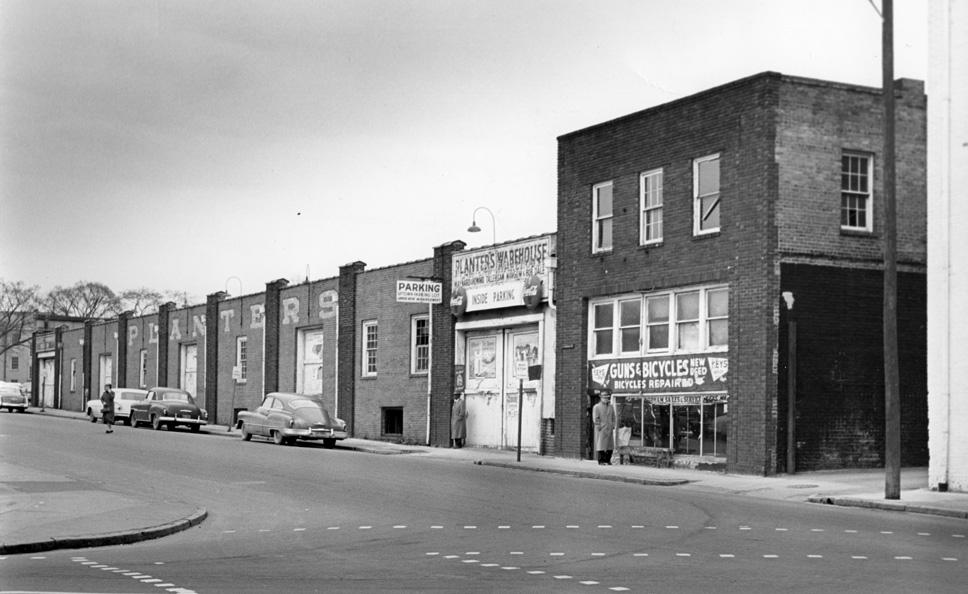
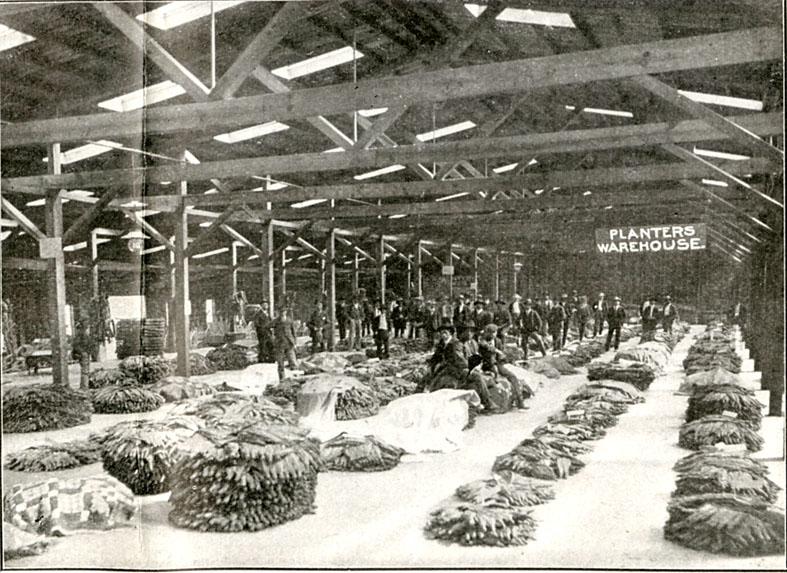
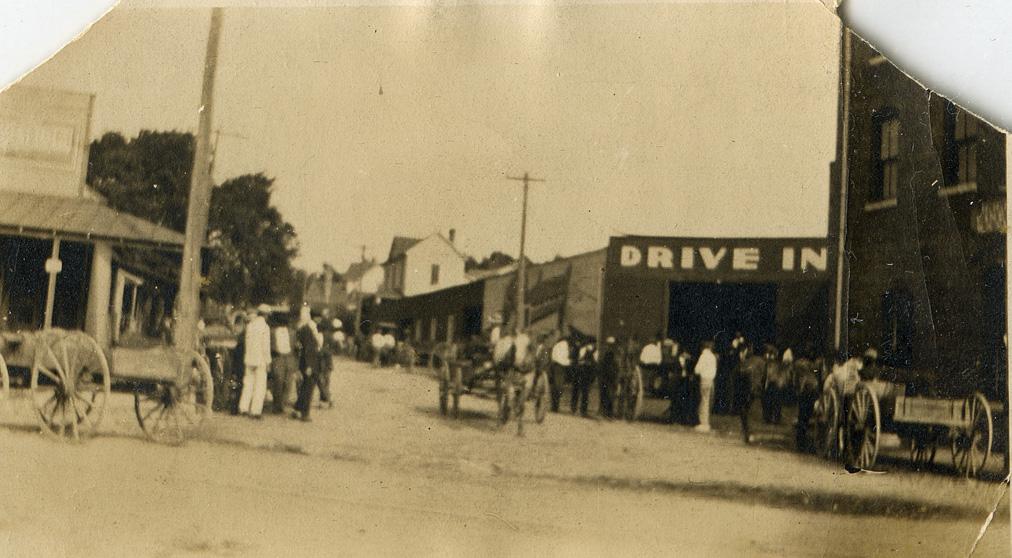
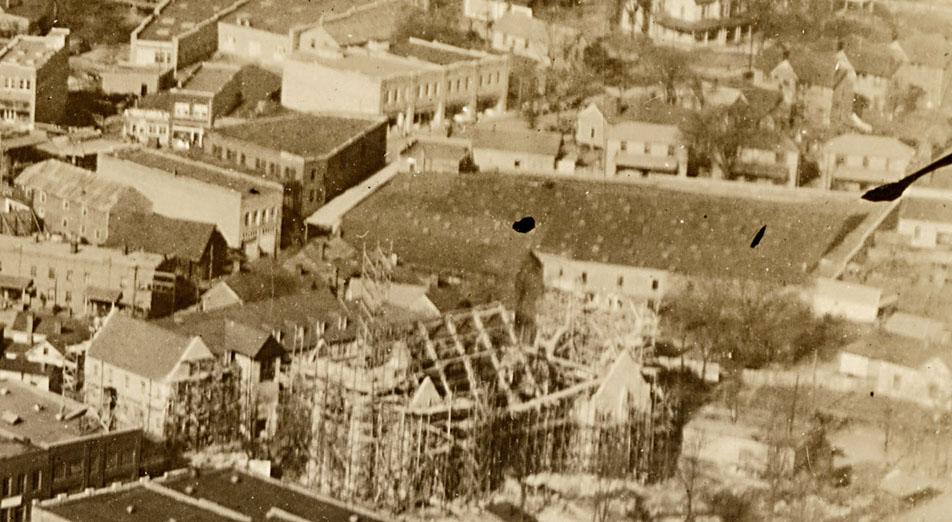
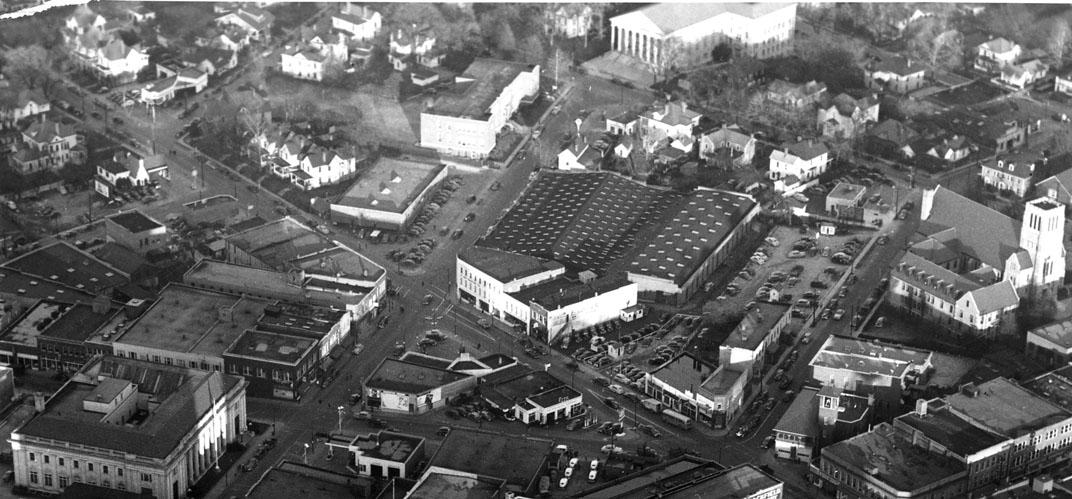
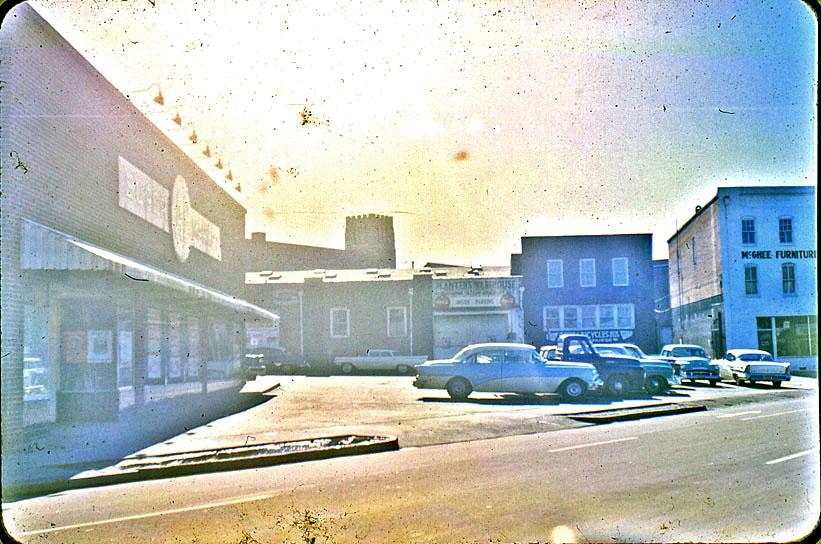
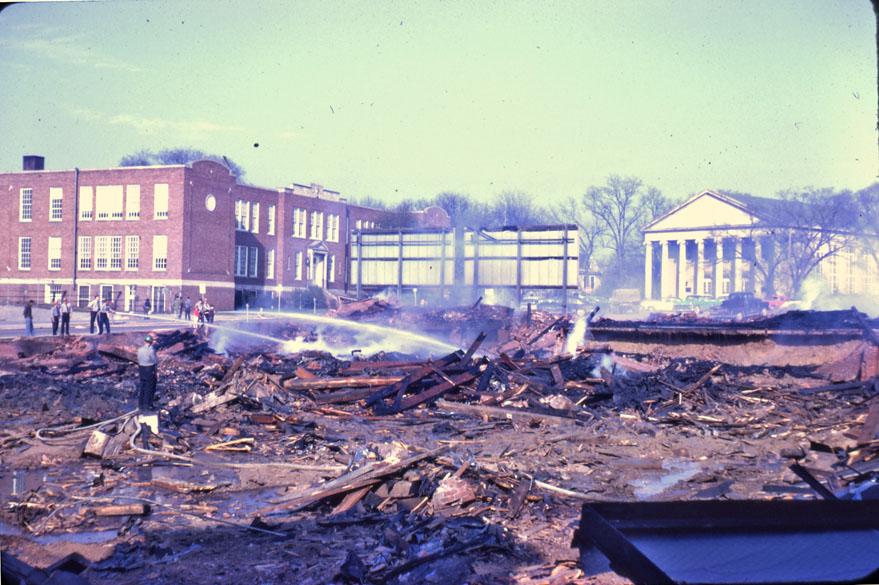

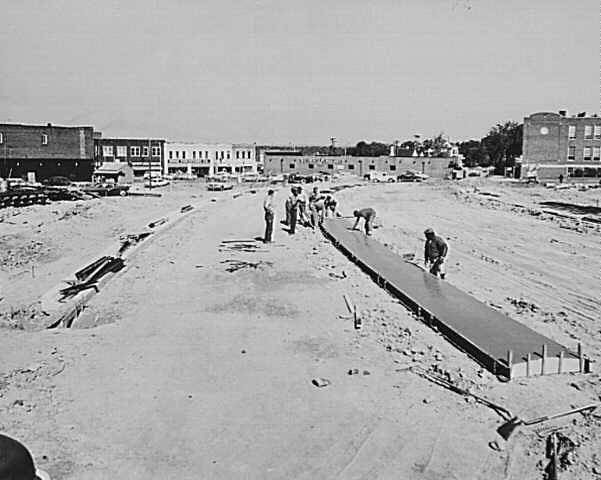

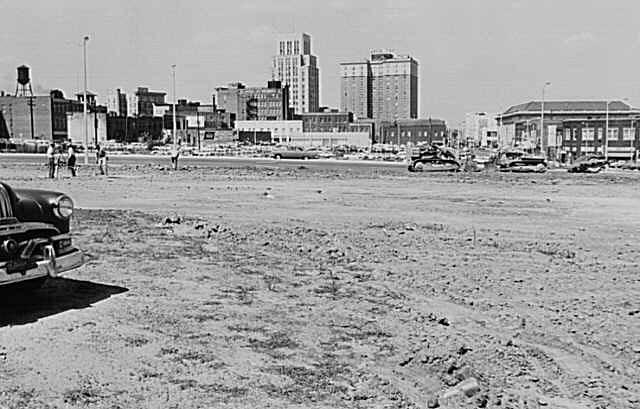
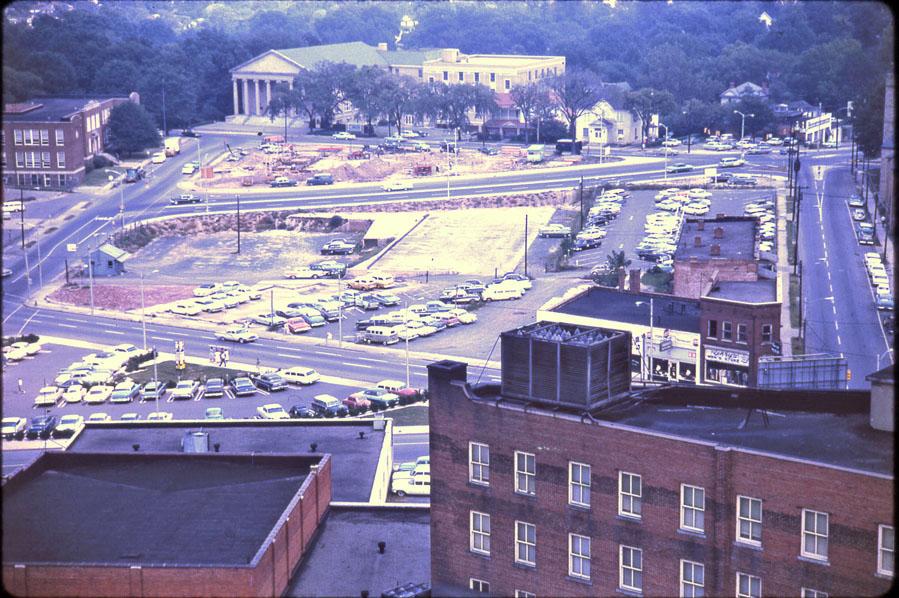
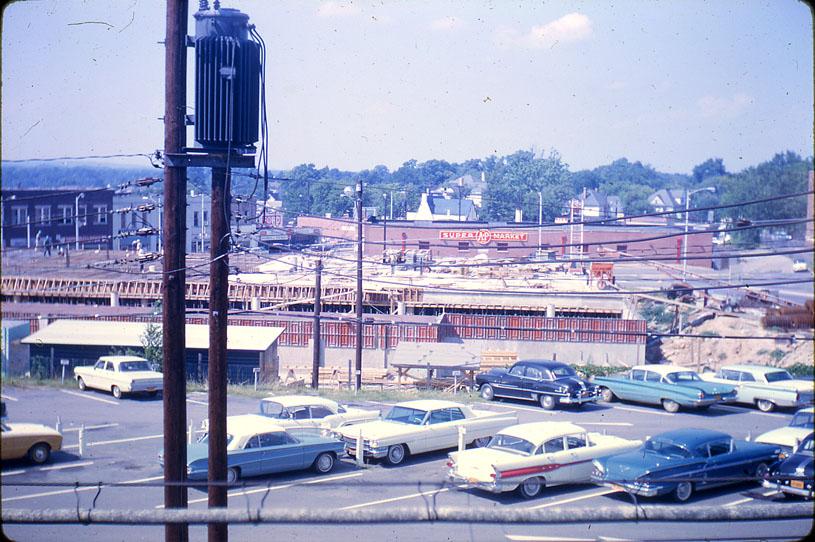
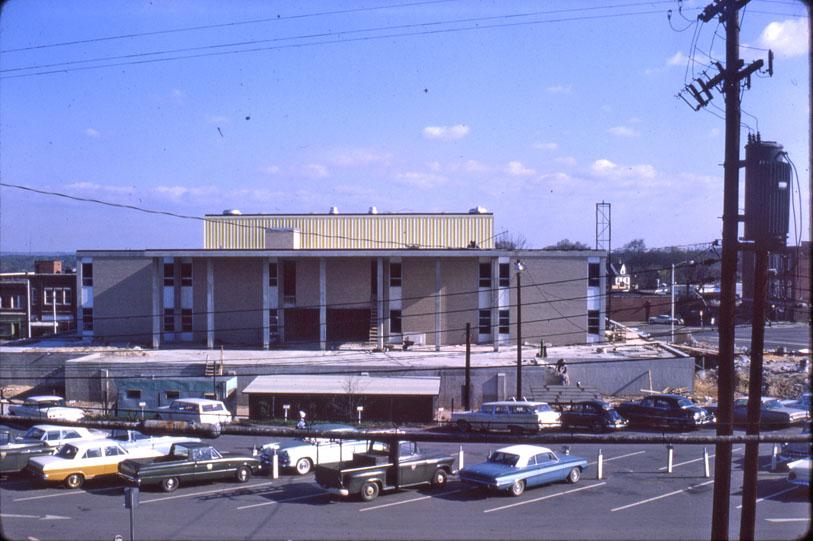

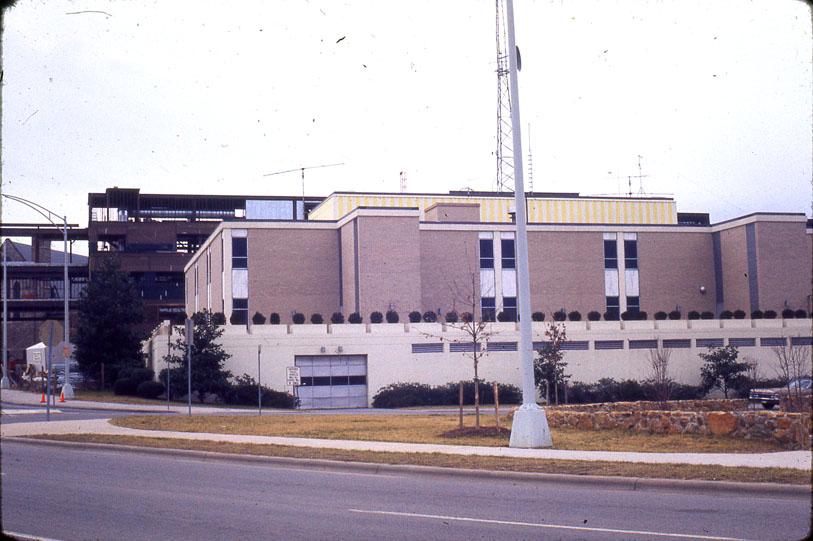
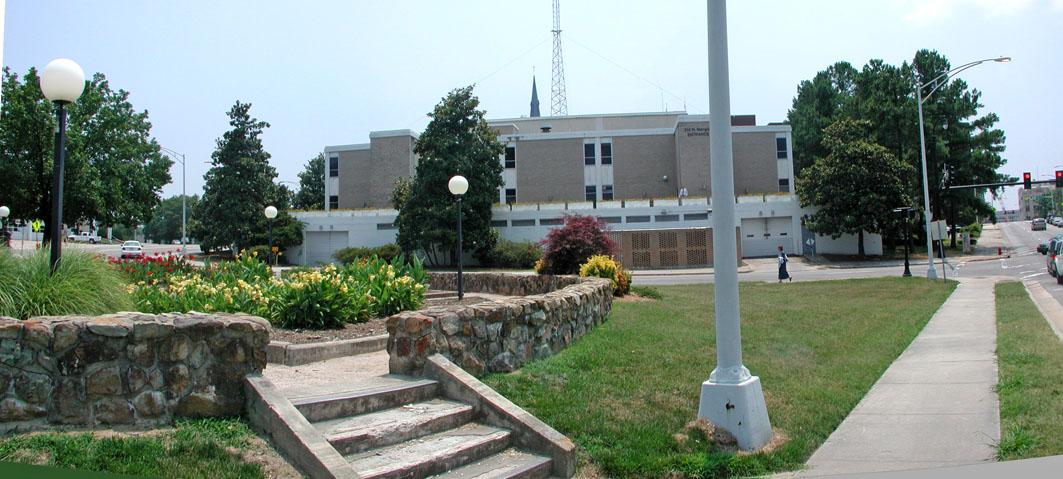
Add new comment
Log in or register to post comments.